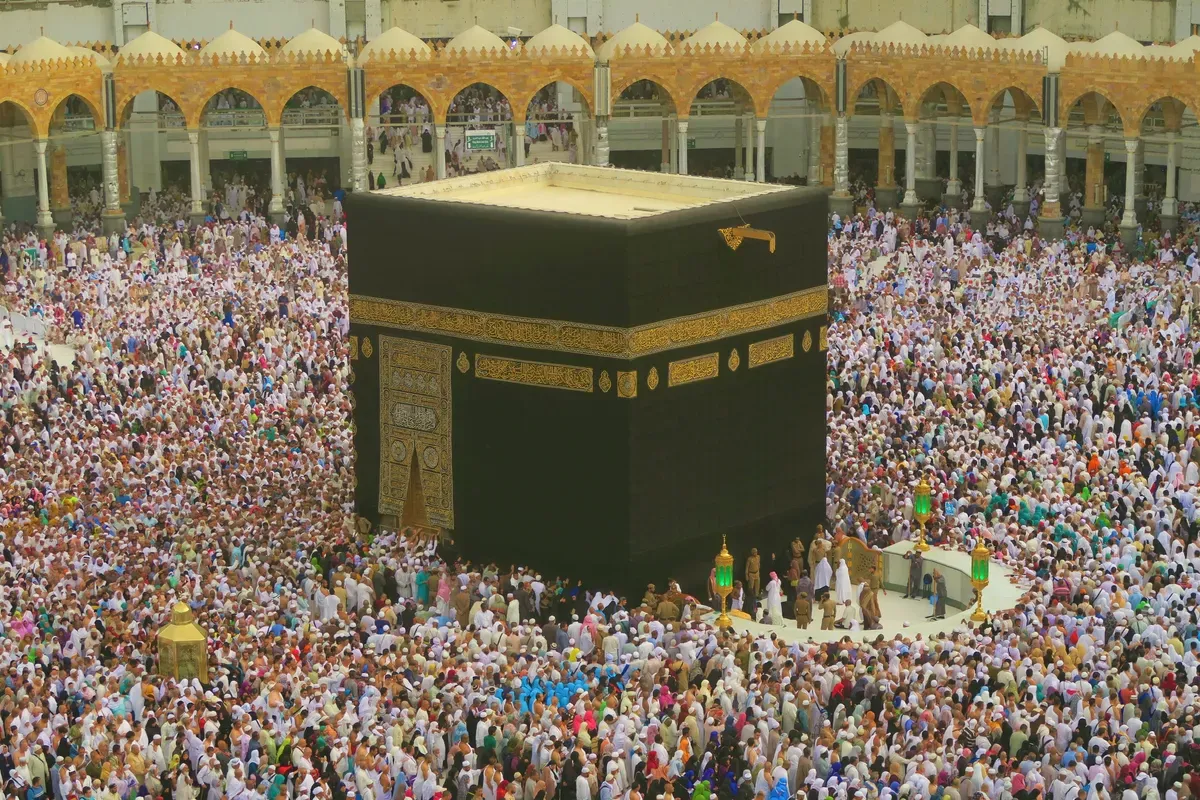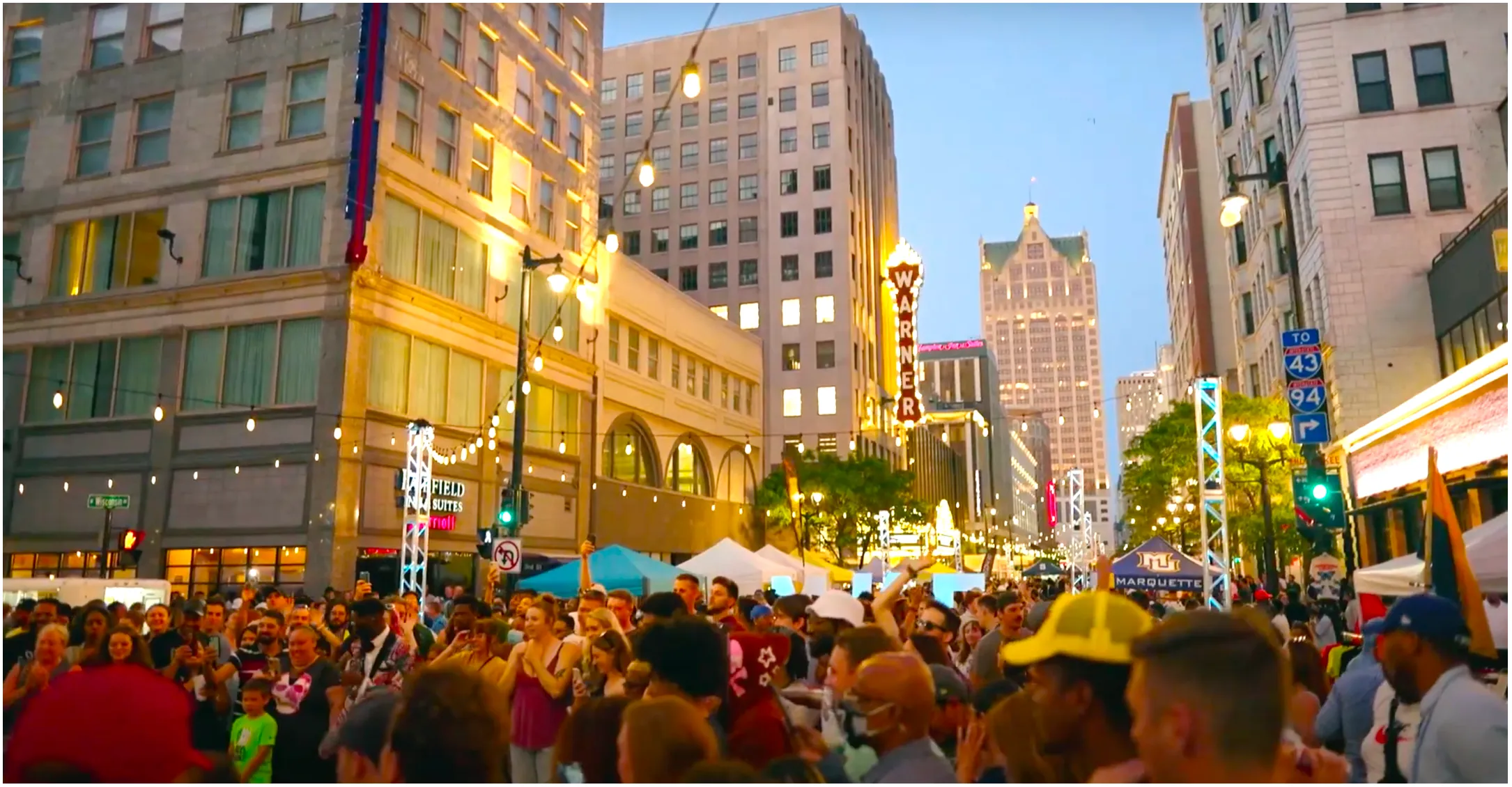Despite scorching temperatures reaching record highs, Muslim pilgrims brave the heat as they fulfill their religious duties during the hajj pilgrimage. Witness their unwavering faith and determination as they endure the challenging conditions, praying and reciting the Quran on Mount Arafat and other holy sites.

Photo Credit: Rawpixel
Mecca, the holy city at the center of Islam, undergoes a remarkable transformation during the annual Hajj pilgrimage. This pilgrimage, one of the five pillars of Islam, attracts millions of devout Muslims from around the world to Mecca, where they engage in rituals of prayer and devotion.
While Mecca is a bustling city accommodating around 2 million residents, daily life in this sacred place intertwines with the ordinary. Grocery shopping, paying bills, and doing laundry are regular activities for Meccans. However, certain concessions are made to respect the city’s sanctity. Cinemas are absent, wedding halls are discreetly located away from holy areas, and music is played at celebrations but at a subdued volume. Mecca maintains its charm, with modest malls and a unique atmosphere that sets it apart from other Gulf cities.
Pilgrims head to the site of Arafat 🤲🏻#Proclaim_to_the_People #In_Peace_and_Security#Makkah_and_Madinah_Eagerly_Await_You pic.twitter.com/XMfSvaF7D0
— Ministry of Hajj and Umrah (@MoHU_En) June 27, 2023
During the Hajj season, Mecca experiences a dramatic surge in pilgrims as millions arrive to participate in the holy pilgrimage. The city’s population effectively doubles, and the streets buzz with activity as crowds converge on the Grand Mosque Masjid al-Haram and the nearby sacred sites. This influx of pilgrims poses challenges for the residents, who must navigate through increased traffic, road closures, and an influx of patients seeking medical assistance.
In the past, Meccans had more personal interactions with the pilgrims, welcoming them into their homes and providing care. However, as the city has undergone significant development with monumental hotels, skyscrapers, and improved infrastructure, the neighborhoods surrounding the mosque have transformed, creating a sense of distance between the locals and the pilgrims.
Participating in the Hajj has become a more formal process for Meccans, requiring advanced planning and application. The days of spontaneous participation have come to an end. Now, residents must apply for a spot like everyone else and pay the necessary fees. Despite these changes, the residents of Mecca take pride in their city, cherishing the privilege of being able to visit the Grand Mosque regularly and embracing the opportunity to host pilgrims during the Hajj season.
On June 27, 2023, Muslim pilgrims will visit Saudi Arabia’s Mount Arafat, also known as Jabal al-Rahma or Mount of Mercy, for the culmination of the Hajj pilgrimage. The ceremony marks the culmination of the yearly pilgrimage, one of Islam’s five pillars, which officials predict might be the largest on record following three years of Covid restrictions.
Meanwhile, on the outskirts of Mecca, at Mount Arafat, the climax of the Hajj pilgrimage unfolds. Hundreds of thousands of worshippers gather in scorching summer heat to recite Quranic verses at the site where Prophet Muhammad delivered his final sermon. The extreme temperatures, reaching 46 degrees Celsius (113 degrees Fahrenheit), pose significant risks to the pilgrims.
To ensure the well-being of the participants, the Saudi authorities took measures to mitigate the risks associated with the extreme heat. Health workers remain on high alert for cases of heat exhaustion and dehydration, providing medical assistance and distributing water to the pilgrims. Despite the challenges, the pilgrims endure the physical hardships, spending hours in prayer and devotion on Mount Arafat.
The Hajj pilgrimage holds immense emotional significance for the participants. It is considered one of the world’s largest religious gatherings and holds great importance for Saudi Arabia’s rulers. This year’s hajj pilgrimage is particularly significant as it follows three years of COVID-19 restrictions. The pilgrimage serves as a vital source of revenue for Saudi Arabia, which has invested in expanding infrastructure and transportation to accommodate the growing number of visitors.
#HAJJ2023: Pilgrims troop to #SaudiArabia’s Mount Arafat as this year’s #Hajj pilgrimage happens amidst searing temperatures reaching as high as 45 degrees Celsius.
— Arab News (@arabnews) June 27, 2023
For our coverage: https://t.co/sefhrTjzbL pic.twitter.com/BLgbNDUDn4
The Saudi authorities have implemented comprehensive security arrangements to ensure the safety of the pilgrims. Elaborate preparations have been made to manage the movement of pilgrims to the tent city of Mina. The Ministry of Health has issued warnings about the risks of heat exhaustion and deployed health workers to offer assistance and prevent cases of heatstroke and dehydration.
Muslim pilgrims leave their tents and crowd the roadway on their way to the stoning of the Devil’s column at Al-Jamrat in Mina, Saudi Arabia, near the holy city of Mecca. The pilgrims, dressed in white robes, walked or took buses to Mina, five kilometers (three miles) east of the holy city, to begin following the Prophet Mohammed’s trip more than 1,400 years ago.
Despite the challenges posed by the scorching heat and overcrowding, the pilgrims remain committed to their spiritual journey. They view the hardships encountered during the hajj as part of the experience, reinforcing their faith and devotion. As the pilgrims continue their rituals, the hajj pilgrimage stands as a testament to the enduring commitment of Muslims worldwide.
Stay connected with Today On Globe for the latest Global Issues and News Updates.
Explore more related articles at [TOG News / TOG Article]





